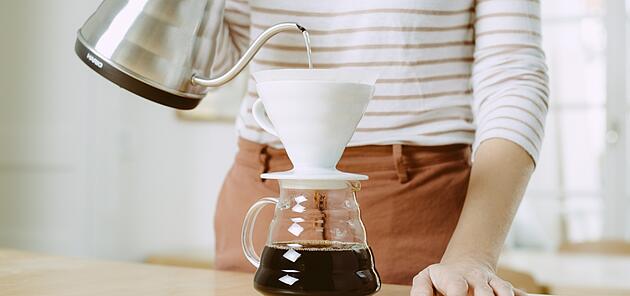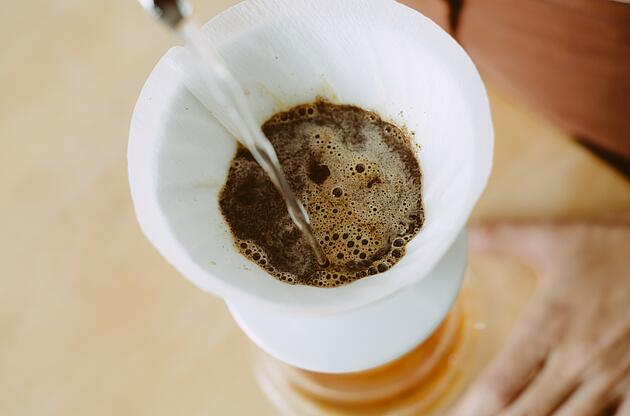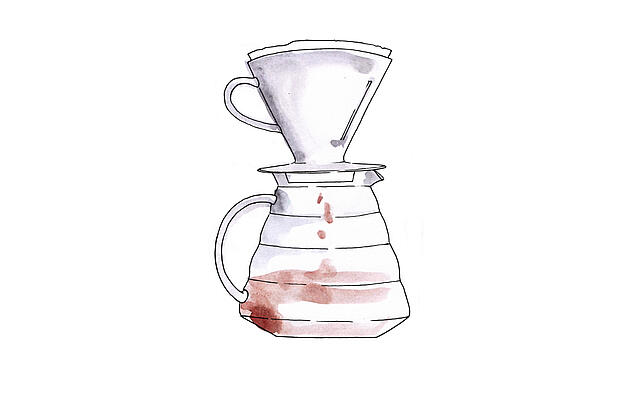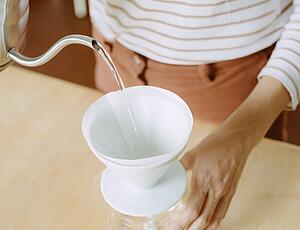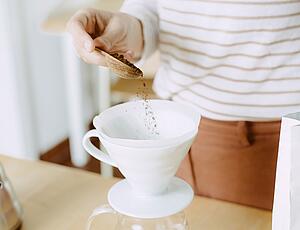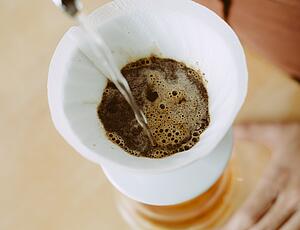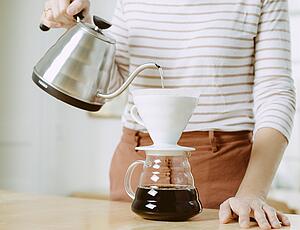The first porcelain filters and matching filter paper appeared on the market at the beginning of the 20th century. Preparing coffee by hand remained common until the 1960s, when the first filter-coffee machines started to become more prevalent.
Today, this method of freshly brewing coffee by hand is making a comeback. With names such as “pour-over coffee” and “drip-brewed coffee”, good old filter coffee has once again become a hit around the world. Whether in New York, Berlin, Stockholm or London – brew bars are popping up everywhere.
